A complete list of tourist attractions in Liberia
The Republic of Liberia is located in western Africa, bordering Guinea in the north, Sierra Leone in the northwest, Cote d'Ivoire in the east, and the Atlantic Ocean in the southwest, covering an area of more than 111,000 square kilometers. Monrovia, the capital of Liberia, is known as the "Rain Capital of Africa". It is the place with the most precipitation in Africa. During the long rainy season, it rains heavily almost every day. The abundant rainfall nourishes Liberia's land and the people living here.
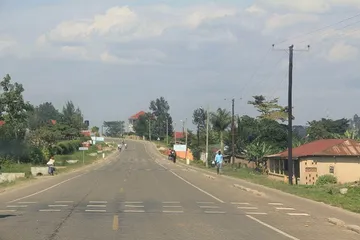 Monrovia
Monrovia
Monrovia is the capital of Liberia. It is located on Cape Mesorado and BushRhode Island on the Atlantic coast of western Africa. It occupies the estuary of the Sao Paulo River. It is an important gateway to the sea in West Africa and the closest port city in Africa to the South American continent. It has a tropical monsoon climate with an average annual temperature of 25 ° C. It is divided into two seasons: dry and rainy seasons. The average annual precipitation exceeds 5000 mm. It is one of the most rainfall areas on the coast of West Africa and even in the world. It is known as the "Rain Capital of Africa".
The urban area of Monrovia is composed of Cape Mesorado (Peninsula) and Bushrhode Island. When you look at the Atlantic Ocean outside the island, you can see the waves crashing on the shore and flying beads and piled up snow; in the distance, you can see the vast water and sky and endless blue waves. All kinds of tropical trees and flowers on the island grow luxuriantly, green all year round and fragrant all the time, covering the entire city among green forests and clusters of flowers. The tropical scenery is charming and charming. Cape Mesorado in the center of the city is a bustling commercial district. There are shops on both sides of the street. People come and visit the dazzling array of goods while shopping for exquisite and novel handicrafts produced locally.
Capital Mountain in the east of the city is the seat of government agencies. It has administrative buildings, parliament buildings and city halls. One of the oldest institutions of higher learning in West Africa, the University of Liberia (founded in 1862), is also located here. In addition, there are museums and the National Library. There is a tall monument on the square in front of the Capitol. On top of it stands a bronze statue of an African woman carrying a national flag and a charge horn. It is a symbol of Liberia's freedom and independence.
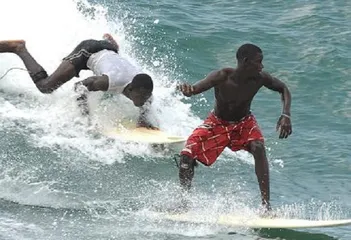 Port Roberts
Port Roberts
Port Roberts is located in the port of northwest Liberia and the capital of Grand Cape Mount State. At the tip of the mountain 80 kilometers northwest of Monrovia, the mouth of the Gupiso Lagoon has undulating hills, planted plants and houses, which not only reminds people of the southern United States. Port Robertsport has a population of more than 2400. It is a famous tourist destination, educational center, and fishing port. It is connected to Monrovia by waterway and railway. Most of the people in this area live the lives of farmers and fishermen. There are many such beaches outside Monrovia, but the beaches of Port Roberts are the best surfing spots. Local Libya people rarely go to the sea to surf. Nowadays, most of the surfers are foreign tourists and surfing enthusiasts, enjoying the rough waves of the sea in the sea.
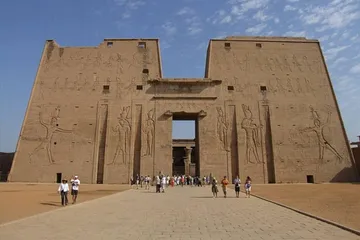 National Museum of Liberia
National Museum of Liberia
The National Museum of Liberia is an ancient 19th-century building that stands silently on the bustling streets, quietly telling passers-by the cultural customs and historical frustrations of Liberia, the first republic on the African continent. When you walk into the museum, the first thing you see is the Dukpa Drum, an ancient communication tool from Grand Bassa State. Through the narrator's vivid explanation, everyone seemed to see that in the ancient tribe with lush coconut groves, gurgling streams, and straw sheds, drums suddenly sounded, sometimes light and sometimes heavy, sometimes rapid and sometimes slow, and the ever-changing rhythm of drums carried important information spread throughout the tribe. It is said that to this day, some remote tribes still use this method of information dissemination.
Here, you can see primitive sacrificial masks and ancient war armor, as well as the dining table used by the first President of Liberia, Joseph Roberts, more than 150 years ago; learn about Liberia's traditional textile and printing and dyeing techniques; and appreciate Liberia's ancient indigenous instruments Live performance and so on. In this simple exhibition hall of only 100 square meters, Liberia's ancient culture is displayed, as well as the wounds and scars she has traveled along the way. Not only is the glory of Africa's first Republic flag, but also the fragments of President Tubman's statue tell the bitterness of the past.
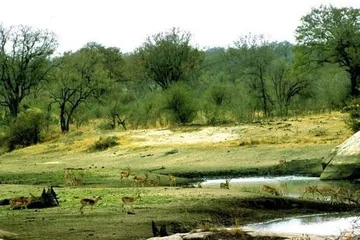 Sapo National Park
Sapo National Park
Sapo National Park is Liberia's largest rainforest reserve and its only national park. Sapo National Park contains the second largest tropical rainforest in West Africa. Saper National Park's unique regional center and biodiversity center once contained 125 species of mammals and 590 species of birds, including a certain number of endangered species, such as African golden cats, drills, Liberian mongoose, white guinea fowl, etc.
Sapo National Park is also home to African civet, African osprey, African gray parrots, giant forest meat pigs, blue banana cuckoo, otter, mouse deer, Diana long-tailed monkeys, crocodiles, jaguars, hummingbirds, sunbirds, and kingfishers. Habitat. According to a 2002 survey, 353 species of plants grow in the park, of which 78 species are endemic to the northern part of the Guinea Forest, and 6 species of plants are newly discovered.
Since 2003, the park has been occupied by former combatants and engaged in illegal mining, logging and hunting activities, causing serious damage to the ecological environment in the park. Previously, the Liberian government, with the support of UNMIL and International Natural Resources Conservation, has taken a series of actions to protect the area.
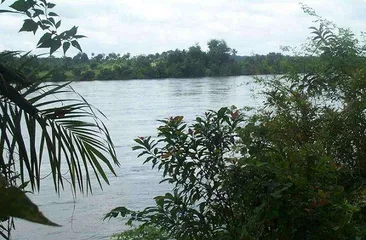 Sao Paulo River
Sao Paulo River
The Sao Paulo River is a West African river that originates at the southern foot of the Guinea Plateau and flows into the Atlantic Ocean through Liberia. The Sao Paulo River Basin covers an area of 8460 square kilometers and has multiple rapids. It is only navigable 24 kilometers above the estuary. A hydropower station is built downstream to supply electricity to Monrovia, the capital of Liberia. The source of São Paulo flows from the eastern mountains of Masenta in Guinea, and the Jani Diani River is part of the Guine-Liberia border. After entering northern Liberia, it flows southwest for about 450 kilometers and enters the Atlantic Ocean. The 29-kilometer river above White Plains Falls is navigable. The Sao Paulo River and its main tributaries have a drainage area of 21900 square kilometers in Liberia and Guinea. The Coffee Mountain Hydropower Station located in the upper reaches of the river was built in 1966.